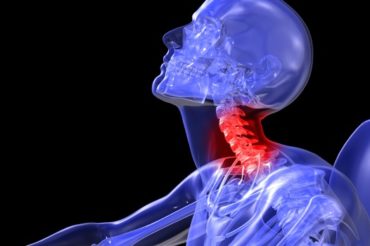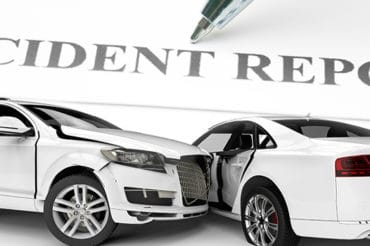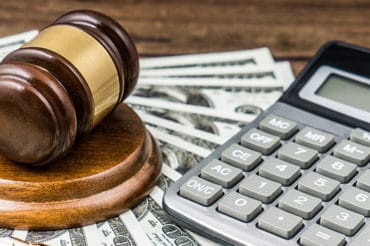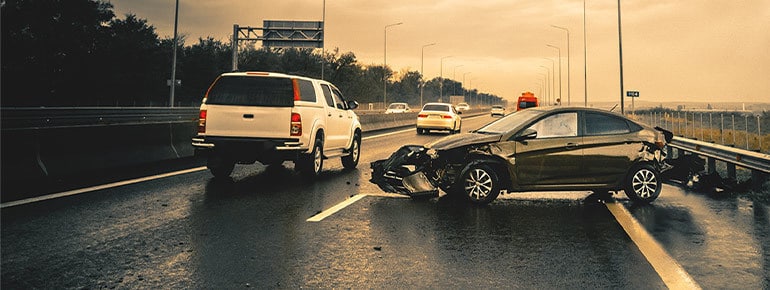
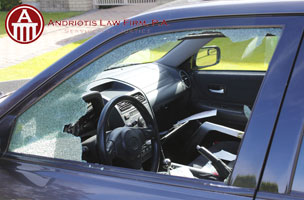
In some cities, law enforcement agencies only respond to a car crash if someone is hurt. However, you should always call the police (by dialing 9-1-1) any time you’ve been in an accident so that a police report is written because, outside a courtroom, it’s the best way to establish which driver caused the accident.
So what if it’s a minor collision and the police don’t respond?
In the absence of a police report, evidence from the scene becomes more important — especially photos. Use your cell phone or any available camera to take pictures of the scene; this is always a prudent practice anyway.
If you are not at fault in an accident, don’t pay your deductible! In your policy with your insurance company, the deductible is the amount you must pay out-of-pocket before your insurer will begin to pay for your vehicle damage. It’s like a buffer zone before your insurance kicks in. Depending on the terms of your policy, you may be on the hook for several thousand dollars worth of property damage before your insurance company takes over.
However — and this is crucial — you are not obligated to pay your deductible when you’re not at fault. It is the responsibility of the insurance company of the driver who is at fault in the car crash to pay for your damages. If you’ve been in an accident, consult with an attorney before paying any deductible, especially if you are not at fault.

